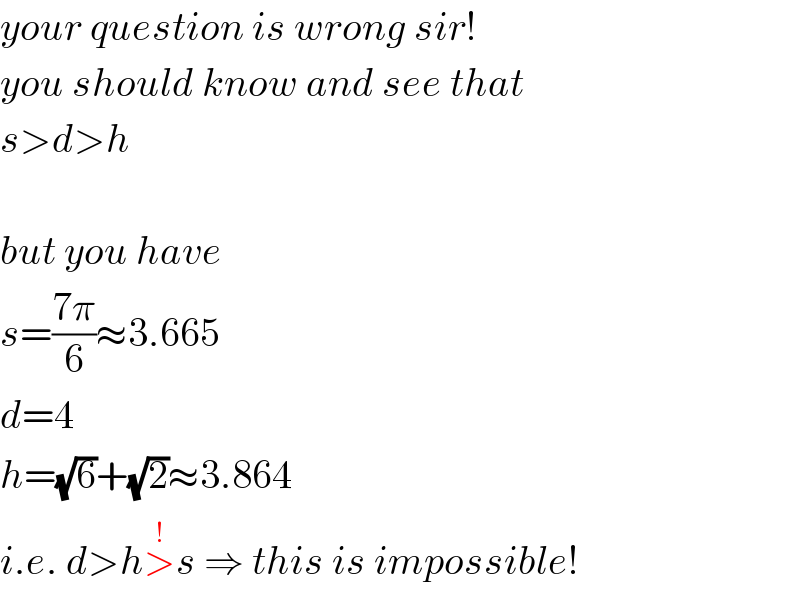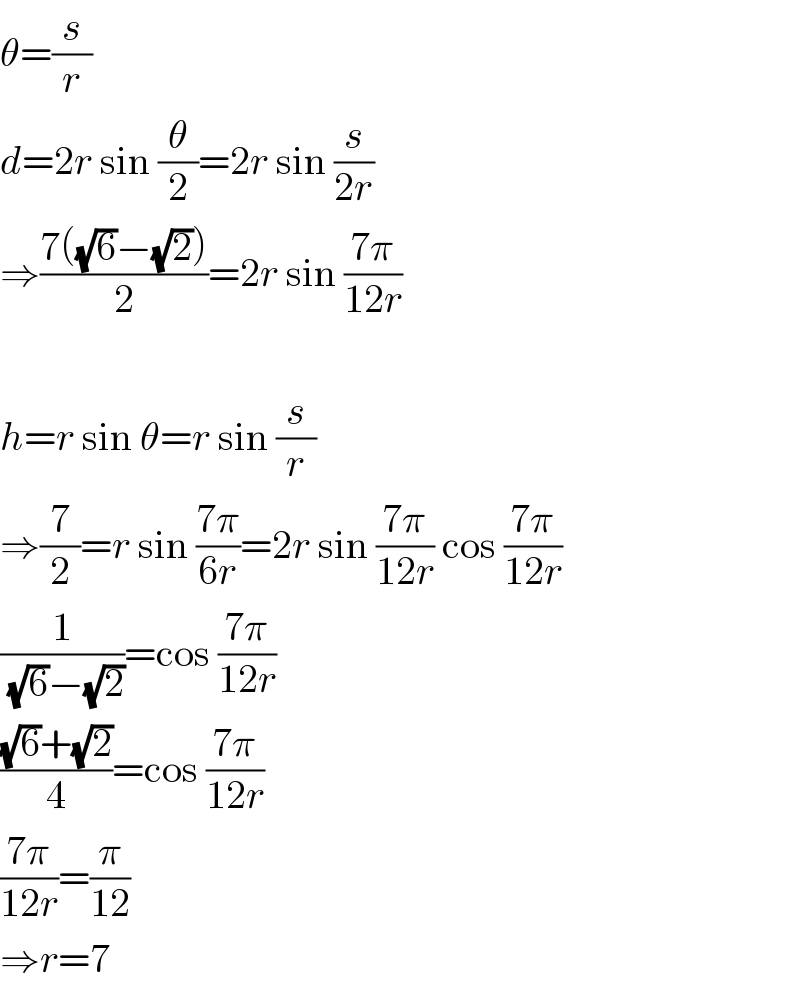
Question and Answers Forum
Question Number 82134 by Raxreedoroid last updated on 18/Feb/20

Commented by Raxreedoroid last updated on 18/Feb/20

Commented by mr W last updated on 18/Feb/20

Commented by Raxreedoroid last updated on 18/Feb/20

Commented by mr W last updated on 18/Feb/20

Commented by Raxreedoroid last updated on 19/Feb/20

Commented by mr W last updated on 19/Feb/20

